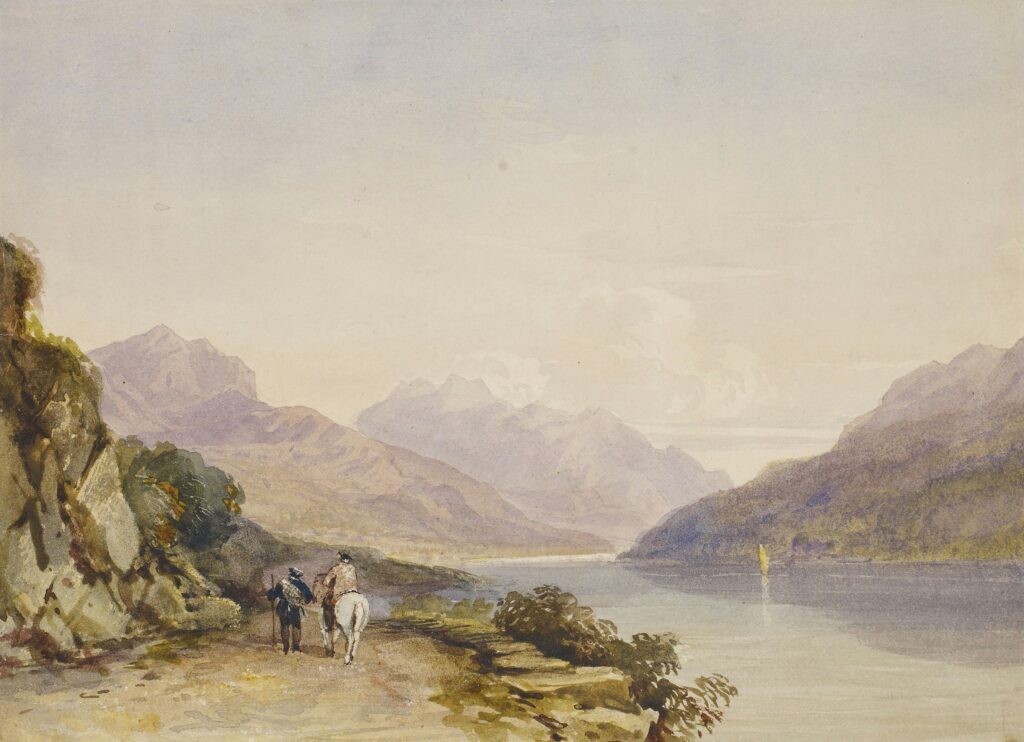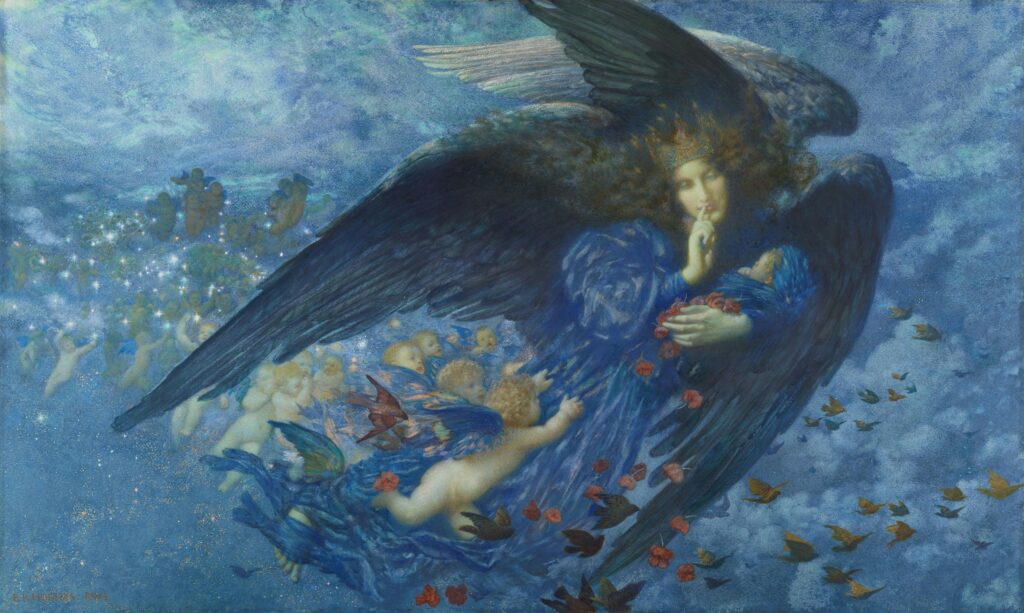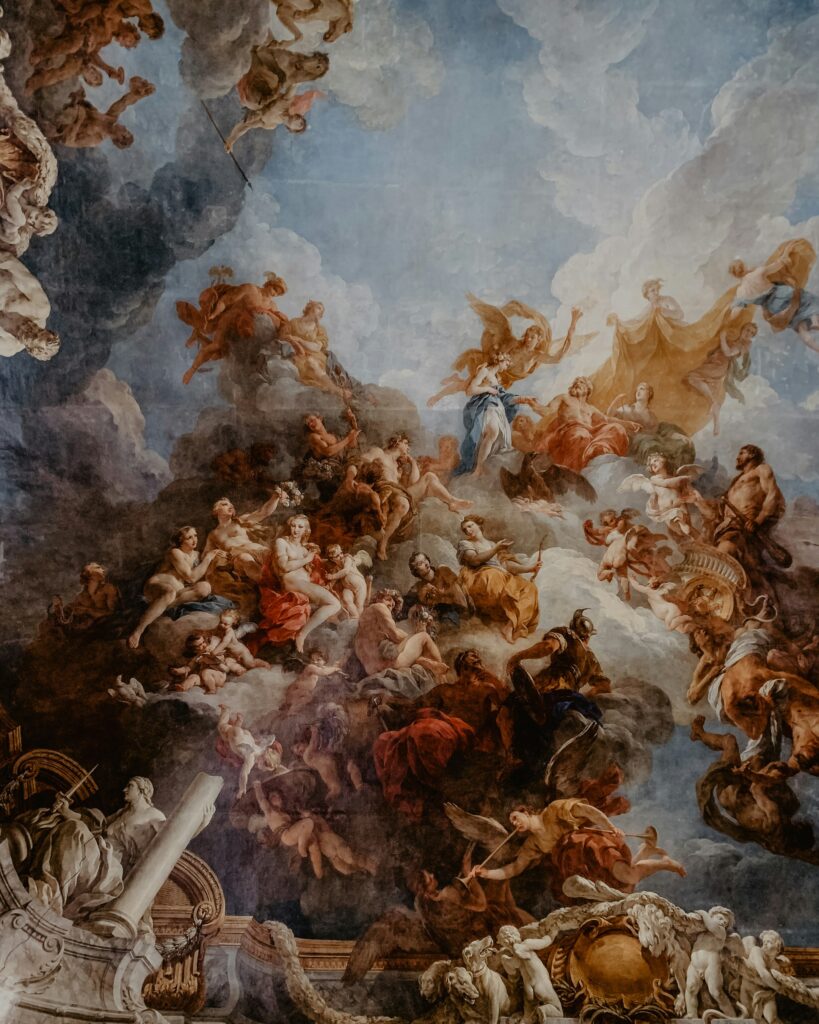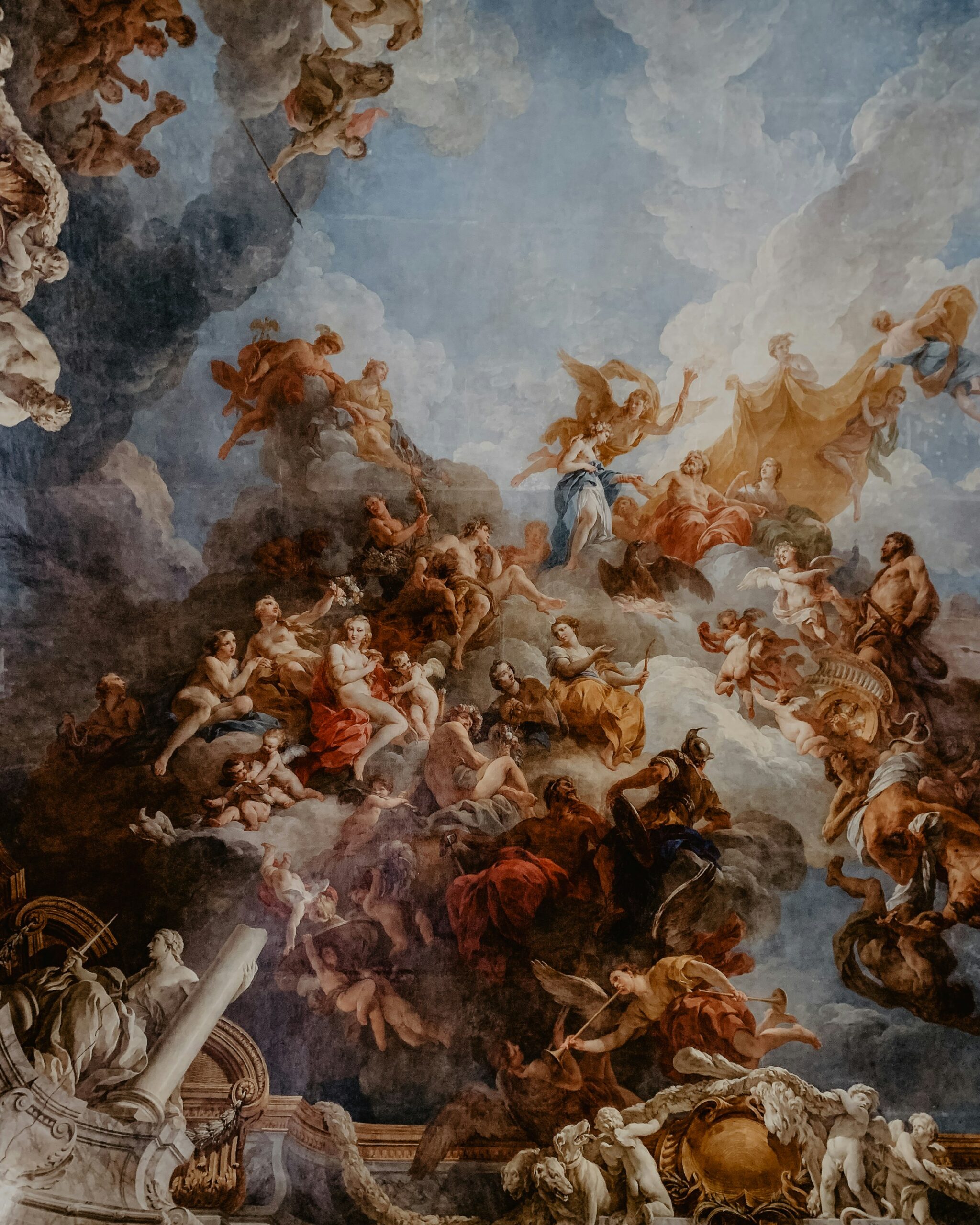In the early morning hours of March 18, 1990, two individuals disguised as police officers infiltrated the Isabella Stewart Gardner Museum in Boston and executed what would become the largest art theft in history. In the span of 81 minutes, they made off with 13 priceless works of art, including pieces by Vermeer and Rembrandt, with an estimated value of $500 million. Despite extensive efforts by authorities and investigators over the past 34 years, not a single piece from the heist has resurfaced. This article explores the enduring fascination and peculiarities surrounding this unsolved crime, as well as the poignant reminders of loss that persist within the museum’s walls.

Overview of the Gardner Museum Heist
The Gardner Museum Heist took place on March 18, 1990, in Boston, Massachusetts. During the early hours of the morning, two men disguised as police officers entered the Isabella Stewart Gardner Museum and stole an estimated $500 million worth of artwork. This incident remains the largest art theft in history.
The stolen artwork includes 13 valuable pieces, the most notable of which are a rare Vermeer painting titled “The Concert” and three precious Rembrandt paintings, including “Christ in the Storm on the Sea of Galilee.” Despite extensive investigations, the stolen artwork has not been recovered, and the case remains unsolved.
The Legacy of the Heist
The Gardner Museum Heist had a significant impact on the museum itself. Decades later, vacant frames can still be seen on the gallery walls where the stolen paintings once hung. Museum officials deliberately keep these empty frames as a reminder of the loss and in the hope that the stolen artwork may one day be returned.
The heist also had lasting effects on the art world as a whole. The theft highlighted the vulnerabilities of museum security systems and prompted a reevaluation and improvement of art theft prevention measures. The Gardner Museum Heist stands as a cautionary tale and a catalyst for increased vigilance in protecting valuable artwork.
In recent years, there have been some developments in the case. However, these developments have not yet led to the recovery of the stolen artwork. The investigation into the heist remains active, but the trails have grown cold, presenting challenges for law enforcement agencies and investigators.

Oddities Surrounding the Heist
One of the intriguing aspects of the Gardner Museum Heist is the array of items that were stolen. While important paintings were taken from their frames, the thieves also took other items that were of lesser value. For example, they stole a nondescript Chinese metal vase, a fairly ordinary bronze eagle from atop a flagpole, and five minor sketches by Degas. It is puzzling why the thieves chose to take these items instead of more valuable ones present in the museum at the time.
Another oddity is the focus placed by the thieves on unlocking a Chinese metal vase. Despite the abundance of valuable artworks and artifacts, the thieves spent a significant amount of time and effort trying to free the vase from a tricky locking mechanism. This choice adds to the mystery surrounding the motives and intentions of the perpetrators.
The choices made by the thieves during the heist, including their selection of stolen items, indicate a level of sophistication and planning. These oddities have perplexed investigators and fueled theories about the true motives behind the heist.
Missing Masterpieces
Two of the most significant pieces stolen during the Gardner Museum Heist were Vermeer’s “The Concert” and Rembrandt’s “Christ in the Storm on the Sea of Galilee.” These masterpieces are highly valuable and hold immense artistic and historical importance.
“The Concert” is one of Vermeer’s most celebrated paintings. Its disappearance has left a void in the art world, as it remains one of the most sought-after missing artworks. The painting depicts a lively scene of three musicians performing in an elegant interior setting.
“Christ in the Storm on the Sea of Galilee” depicts the biblical story of Jesus calming the stormy sea. This Rembrandt masterpiece captures the dramatic tension and spiritual symbolism that Rembrandt is renowned for. Its absence robs art enthusiasts of the opportunity to admire and study this influential work.
In addition to these notable stolen works, several other valuable pieces were taken during the heist, including works by artists such as Manet and Flinck. The loss of these artworks is a significant blow to the art community and emphasizes the importance of recovering stolen pieces.

Suspects and Theories
The Gardner Museum Heist has spawned many theories about the possible suspects and their motivations. Over the years, various individuals and groups have been considered potential suspects, including organized crime networks, art thieves, and even disgruntled former museum employees. However, no conclusive evidence has emerged to definitively identify the culprits.
The lack of progress in solving the case has led to numerous theories about the whereabouts of the stolen artwork. Some speculate that the paintings were smuggled out of the country and are now held in private collections or hidden away. Others believe that the works were destroyed to eliminate any trace of evidence.
One of the challenges of solving the case is the limited information available about the exact movements and identities of the culprits. The heist was meticulously planned and executed, leaving little evidence behind. This has made it difficult for investigators to follow leads and identify potential suspects.
The Investigation
Following the Gardner Museum Heist, law enforcement agencies, including local police and federal agents, launched an extensive investigation to recover the stolen artwork and apprehend the perpetrators. The initial response to the heist was swift, with authorities working diligently to gather evidence and pursue leads.
However, despite the efforts of law enforcement, the investigation has hit several roadblocks. The lack of definitive suspects and leads has hindered progress. Additionally, the passage of time has made it more challenging to gather new information or find potential witnesses.
Amateur sleuths and investigative journalists have also played a role in the investigation. Their contributions, ranging from independent research to publicizing the case, have helped keep the heist in the public eye. However, the involvement of amateur sleuths can sometimes complicate the investigation by introducing misinformation or distracting from official efforts.
Impact on the Art World
The Gardner Museum Heist had a profound impact on the art world, particularly in terms of museum security. The audacity and success of the heist highlighted vulnerabilities in existing security measures, leading to a heightened focus on protecting valuable artworks.
In response to the Gardner Museum Heist, museums around the world reevaluated their security protocols and implemented stricter measures. This included advancements in alarm systems, surveillance technology, and increased collaboration with law enforcement agencies.
The heist also led to an increased awareness of the importance of art theft prevention. Training programs, conferences, and symposiums focusing on art security have become more prevalent, allowing professionals to learn from the mistakes made during the Gardner Museum Heist and implement better preventive measures.
The Gardner Museum Heist is often compared to other high-profile art thefts, such as the theft of Edvard Munch’s “The Scream” in Norway or the theft of Van Gogh’s “Poppy Flowers” from the Mahmoud Khalil Museum in Egypt. These incidents serve as reminders of the persistent challenges faced by the art world in protecting its precious cultural heritage.
Cultural Significance of the Stolen Artwork
The stolen Vermeer and Rembrandt pieces hold immense cultural and artistic significance. Vermeer’s “The Concert” is one of the Dutch master’s most renowned works, showcasing his mastery of light, composition, and realistic portrayal of figures. The loss of this artwork deprives art enthusiasts and scholars of the opportunity to appreciate Vermeer’s genius.
Rembrandt’s “Christ in the Storm on the Sea of Galilee” carries both historical and religious significance. The painting captures the intensity and power of the biblical narrative it depicts, while also showcasing Rembrandt’s skill in conveying emotion and dramatic tension. Its absence deprives art historians and enthusiasts of a crucial piece in understanding Rembrandt’s artistic development.
Recovering the stolen artwork is of paramount importance to preserve cultural heritage and ensure that future generations can appreciate and study these significant works.
Media Coverage and Public Interest
The Gardner Museum Heist has garnered significant media attention over the years. The audacity of the theft, the valuable nature of the stolen artwork, and the ongoing mystery surrounding the case have captivated the public’s imagination.
Numerous articles, documentaries, and even podcasts have been dedicated to exploring the details of the heist and speculating on possible theories. The media coverage has helped keep the case in the public consciousness and has encouraged discussions about art theft, museum security, and the value of cultural heritage.
The public’s fascination with the unsolved heist is evident in online communities and discussions. Internet forums and social media platforms provide spaces for individuals to share theories, discuss updates in the case, and express their opinions on the significance of the stolen artwork. This widespread interest indicates the lasting impact of the heist on popular culture.
Hope for Resolution
Efforts to bring attention to the Gardner Museum Heist and increase the chances of recovering the stolen artwork continue to this day. Art organizations, law enforcement agencies, and concerned individuals actively promote the case, hoping to generate leads or uncover vital information.
Museum rewards and incentives are one approach taken to encourage individuals with relevant information to come forward. In addition to financial rewards, museums may offer immunity or confidentiality to protect those who can provide crucial details.
The investigation into the Gardner Museum Heist remains open, and law enforcement agencies continue to collaborate with experts in the art world and the public. The goal is to piece together the puzzle, uncover new leads, and, ultimately, recover the stolen artwork. Through continued investigation and collaboration, there is hope that one day the stolen masterpieces will be returned to their rightful place.

